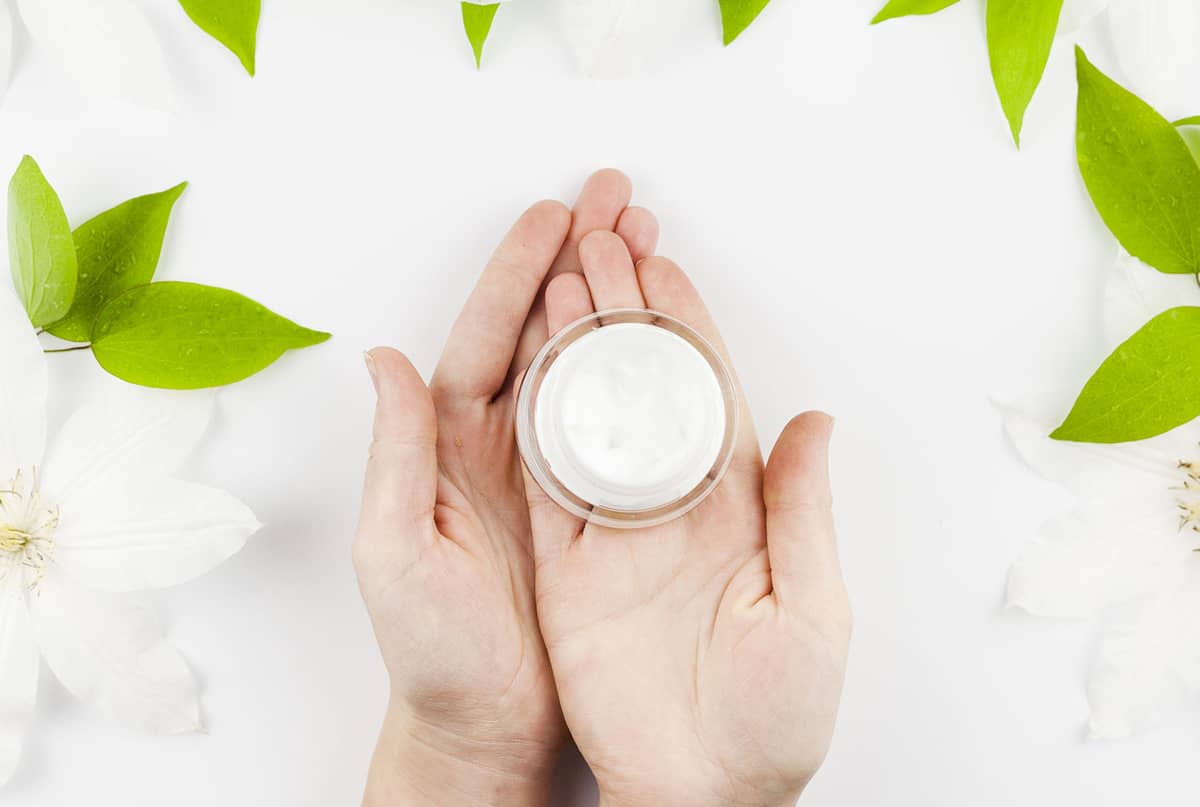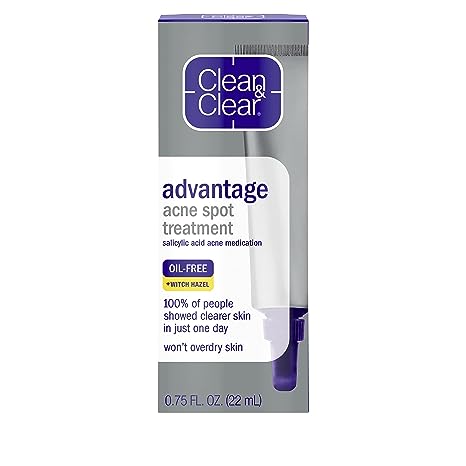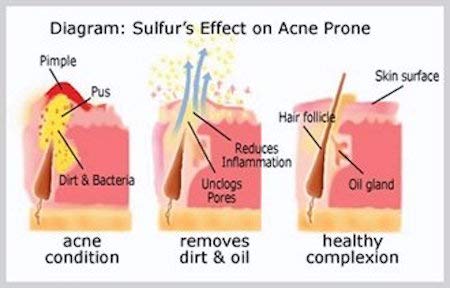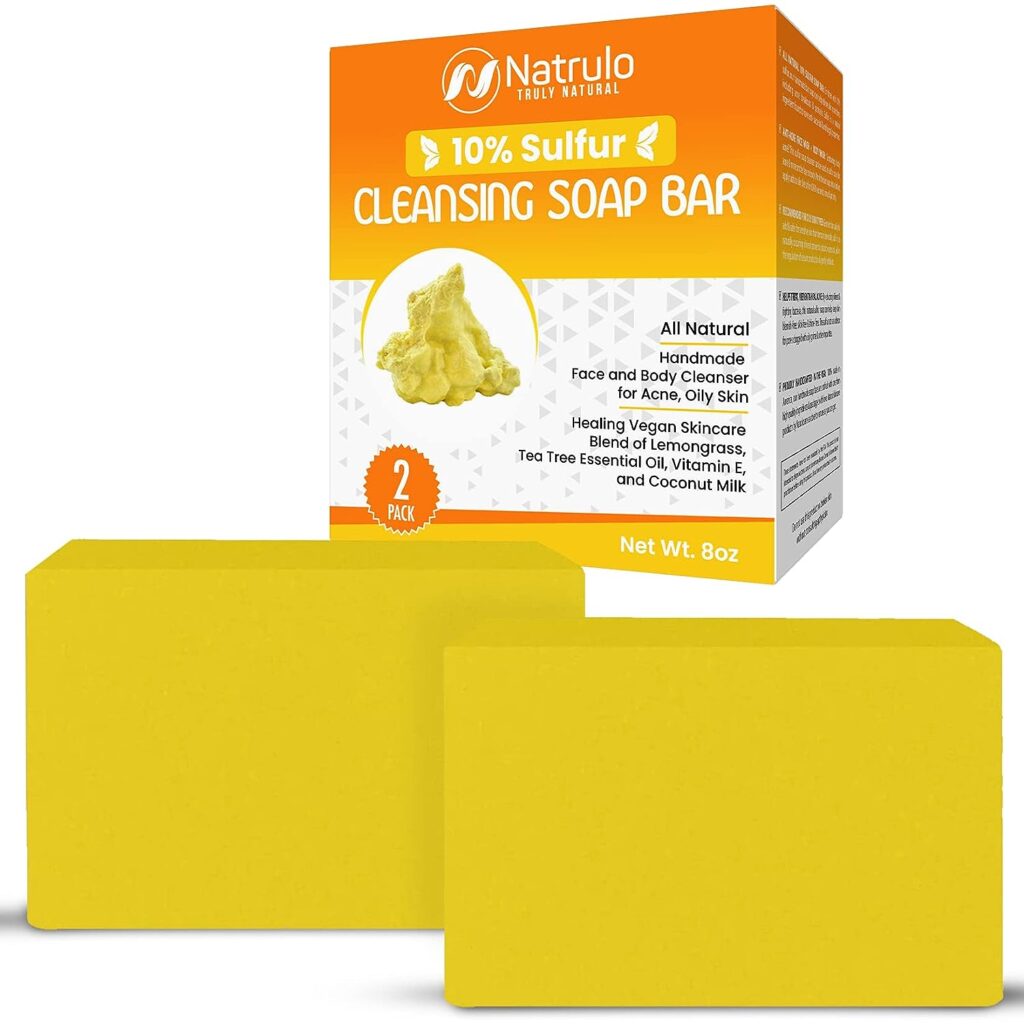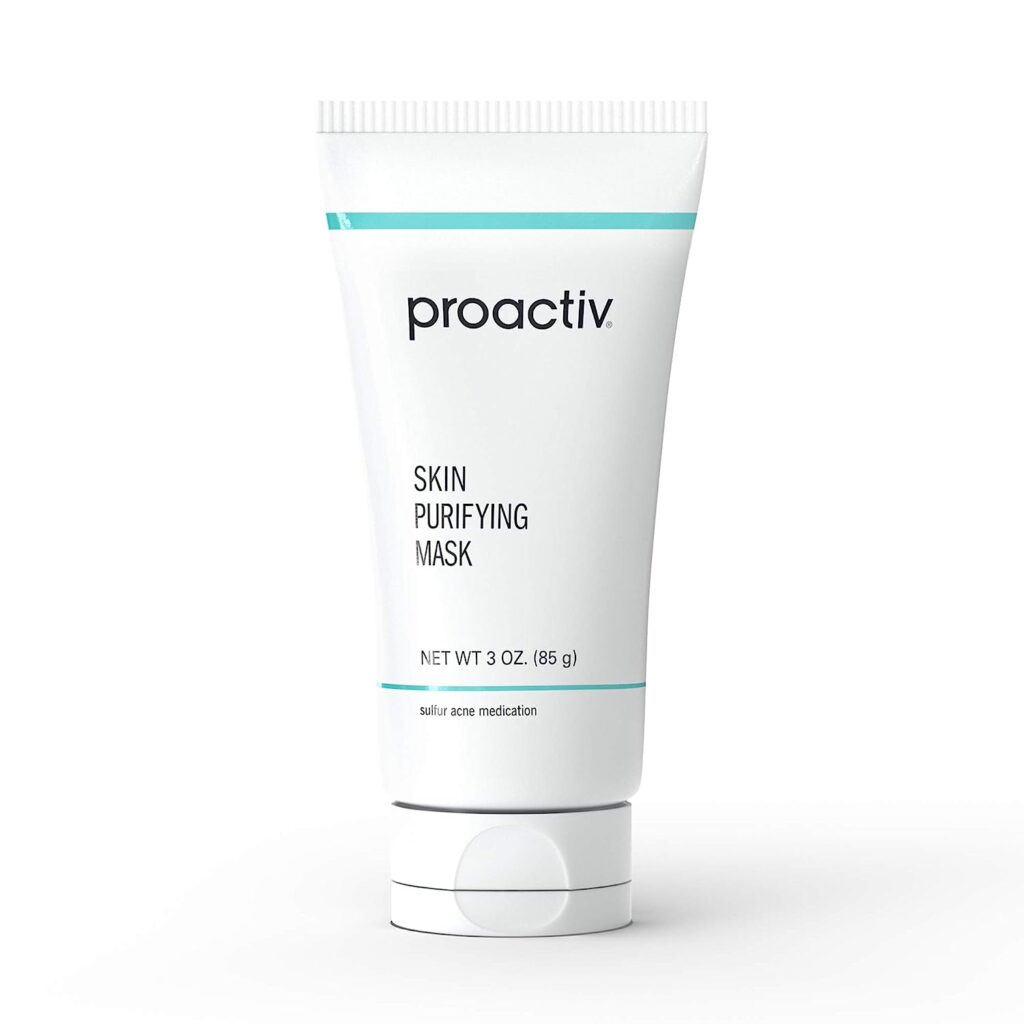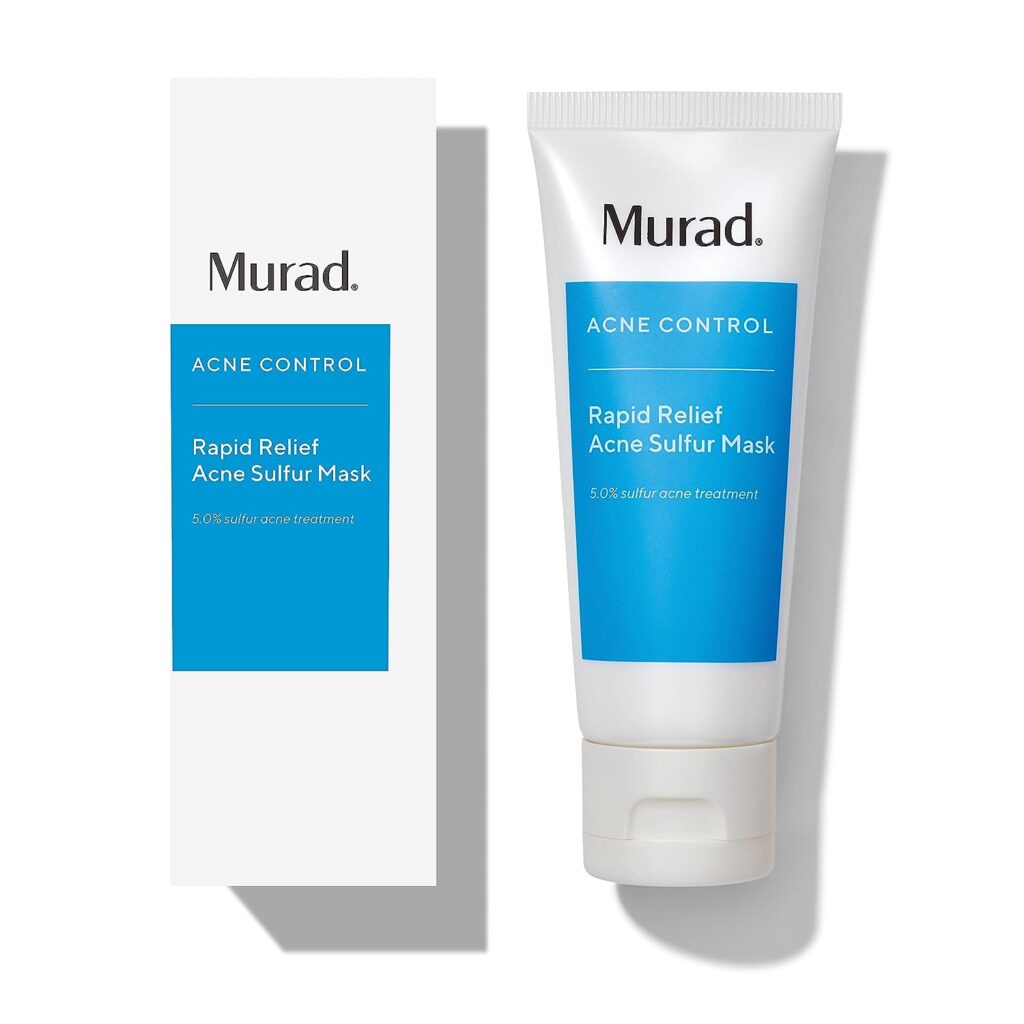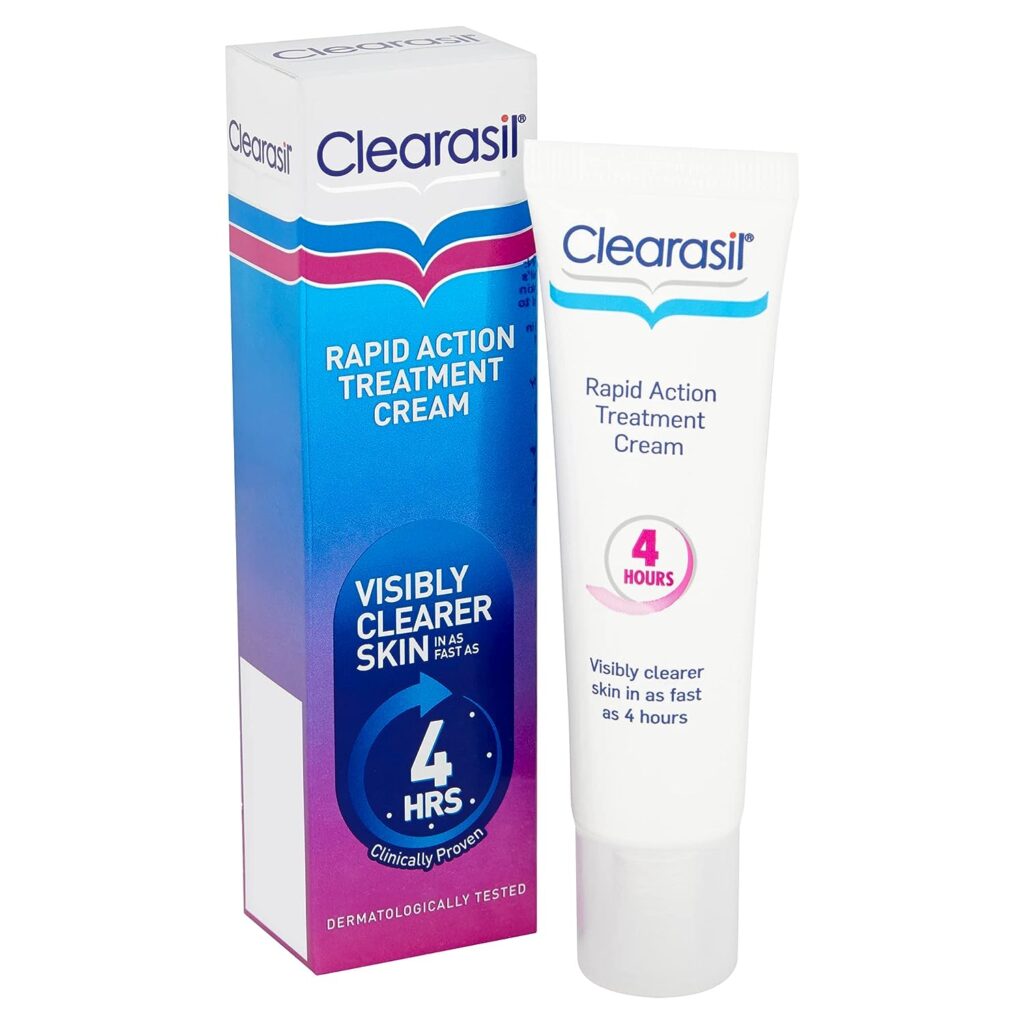Topical Over-the-Counter Treatments for Acne
1. Salicylic Acid
Salicylic acid is a widely-used active ingredient in various acne treatment products, including cleansers, toners, and anti-acne gels. Typically found in concentrations ranging from 1-2%, this compound plays a crucial role in promoting the healthy shedding of skin cells. It acts as a preventative agent, stopping dead skin cells from sticking together and clogging pores, which is a common cause of acne.
Efficacy According to Medical Experts
The American Academy of Dermatology recognizes salicylic acid as one of the most effective compounds for treating non-inflammatory types of acne, such as blackheads and whiteheads. However, it’s worth noting that salicylic acid is not effective in tackling issues like excessive oil production or bacterial infections, which are often the root causes of inflammatory or cystic acne.
What are the benefits and disadvantages of using salicylic acid products?
Benefits
- Mild Impact: Salicylic acid is generally gentle on the skin. The most common side effects are minor and may include slight stinging or irritation.
- Moderate Acne Treatment: It shows promising results against moderate acne outbreaks and has been a key ingredient in over-the-counter acne products for over two decades.
- Skin Sensitivity: For those who cannot tolerate prescription topical retinoids due to skin sensitivity, salicylic acid serves as a viable alternative.
- Skin Peeling: It is also a useful component in skin peeling products, which can be effective in treating and managing moderate to severe acne.
Drawbacks and Limitations
- Temporary Relief: One of the major drawbacks is that acne often returns once the use of the product is discontinued. Continuous usage is generally required for sustained results.
- Limited Clinical Studies: Despite its effectiveness, there are not many published studies that rigorously test salicylic acid’s efficacy and safety, particularly in the treatment of cystic acne.
Cost Considerations
The cost of products containing salicylic acid can vary, but a bottle of salicylic acid lotion is generally priced between $40 to $100. can vary, but a bottle of salicylic acid lotion is generally priced between $40 to $100.
Final Thoughts
Salicylic acid offers a good treatment option for moderate acne, especially for those who experience skin sensitivity with other treatments like topical retinoids. However, its limitations include the need for ongoing use and a lack of extensive clinical trials to establish its effectiveness in treating more severe forms of acne, such as cystic acne.
2. Sulfur
What is Sulfur?
Sulfur is an age-old remedy for various skin conditions, including acne. Known for its antibacterial and exfoliating properties, sulfur has been making a comeback in modern skincare products designed to combat acne.
How Does It Work?
Sulfur works by drying out the skin and absorbing excess oil, which in turn helps to unclog pores. It also has antibacterial properties that help kill acne-causing bacteria. This dual action makes it effective in treating both inflammatory and non-inflammatory acne.
Like other acne treatments, the benefits of sulfur are most noticeable with continuous use. Discontinuing the treatment may result in the return of acne symptoms.
Concentrations and Usage
Sulfur is generally available in concentrations ranging from 3% to 10% in over-the-counter products. It’s often found in various forms such as soaps, creams, and masks. For severe cystic acne, dermatologists may recommend prescription-strength sulfur treatments.
Benefits of Sulfur
- Oil Control: Sulfur is excellent at absorbing excess oils from the skin, making it a good option for those with oily skin types.
- Antibacterial: It has the ability to kill bacteria, reducing the likelihood of acne flare-ups.
- Exfoliation: Sulfur helps in the shedding of dead skin cells, preventing them from clogging pores.
- Mild on Skin: Generally well-tolerated, making it a good option for sensitive skin.
Drawbacks and Side Effects
- Unpleasant Odor: Sulfur has a distinct, unpleasant smell, which can be off-putting for some users.
- Skin Dryness: Excessive use can lead to dry, irritated skin.
- Limited Alone: Due to its smell and potential for skin dryness, it’s often used in combination with other treatments like salicylic acid or benzoyl peroxide.
Popular Products and Costs
Sulfur is a key ingredient in many over-the-counter acne treatments, including well-known brands like Proactiv and Murad. The cost can vary widely depending on the brand and formulation, ranging from approximately $10 to $60.
3. Benzoyl Peroxide
Benzoyl Peroxide, often abbreviated as “BPO,” is an over-the-counter medication known for its antibacterial properties. It targets the bacteria that contribute to the formation of cystic acne within skin pores.
How Does It Work?
When cystic acne develops, bacteria mix with the skin’s natural oils (sebum) and enter the pores. Inside the pore, sebum combines with dead skin cells, forming a sticky plug. This environment allows bacteria to grow until the pore bursts, leading to an acne outbreak. Benzoyl Peroxide works by reducing sebum production and combating acne-causing bacteria like P. acnes.
Concentrations and Usage
Benzoyl Peroxide is available over-the-counter in various concentrations, ranging from 2.5% to 10%. These concentrations are tailored for different stages of acne—mild, moderate, and severe. Dermatologists often prescribe it in combination with antimicrobial gels for moderate to severe acne.
Benefits of Benzoyl Peroxide
- Fast-Acting: One of its key advantages is its rapid action; visible improvements can occur within 4 to 5 days.
- Broad-Spectrum Efficacy: Effective against all types of acne lesions, including blackheads, whiteheads, and inflamed pimples.
- Bactericidal: Unlike some treatments that only inhibit bacterial growth, Benzoyl Peroxide kills acne-causing bacteria.
- Enhanced Effectiveness: When used with prescription antibiotics, it can prevent antibiotic resistance, making long-term treatment more effective.
Drawbacks and Side Effects
- Skin Irritation: The most common side effect is skin dryness and irritation, which can lead to peeling and redness.
- Fabric Bleaching: It can bleach dark-colored fabrics, so be careful when applying it.
- Hyperpigmentation: In some cases, it can cause dark spots on the skin.
Popular Products and Costs
Benzoyl Peroxide is a key ingredient in popular OTC acne treatments like Clearasil and Stridex, as well as prescription treatments like Benoxyl, PanOxyl, and Persagel. The cost varies depending on the formulation and container size, ranging from approximately $10 to $40.
Continuous Treatment
Similar to salicylic acid, acne often returns when Benzoyl Peroxide treatment is discontinued, necessitating ongoing use for sustained results.
Latest articles
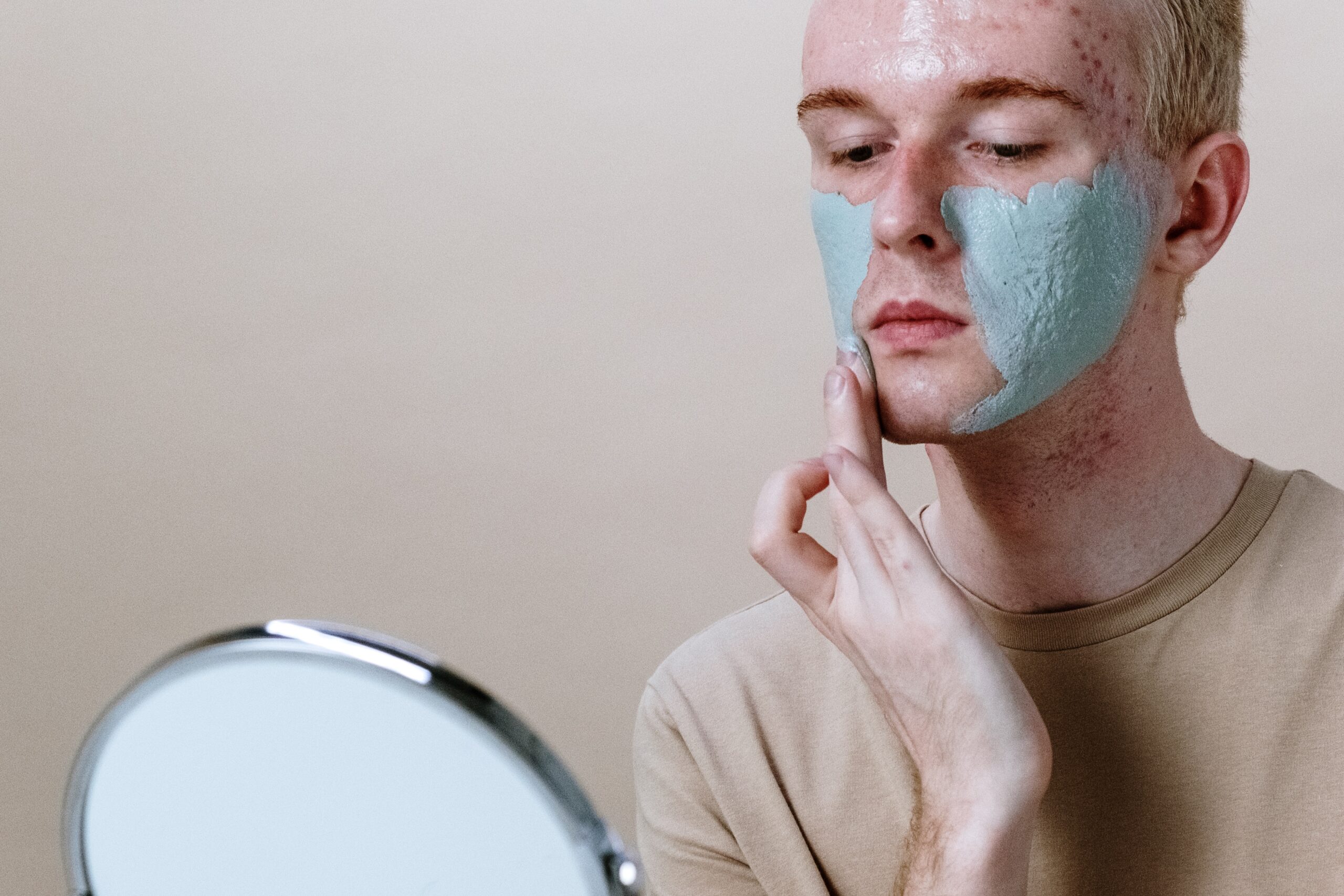
Cystic Acne on the Neck: Causes, Treatment, and Prevention
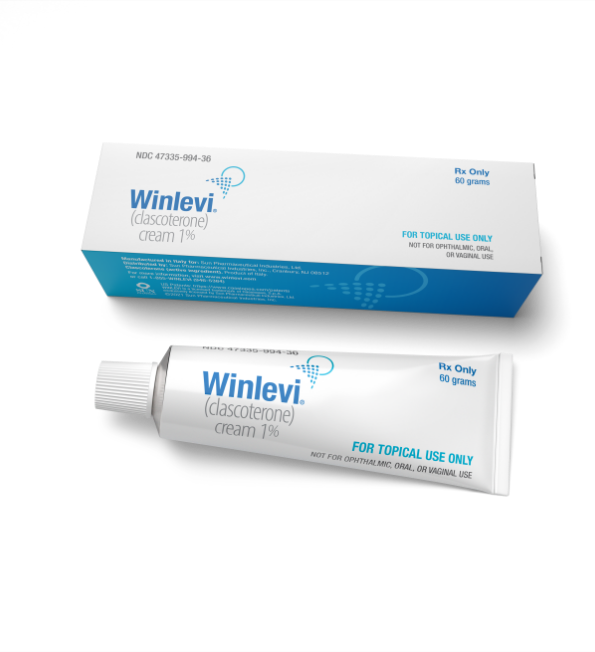
Hormonal Acne Treatment with Topical Creams
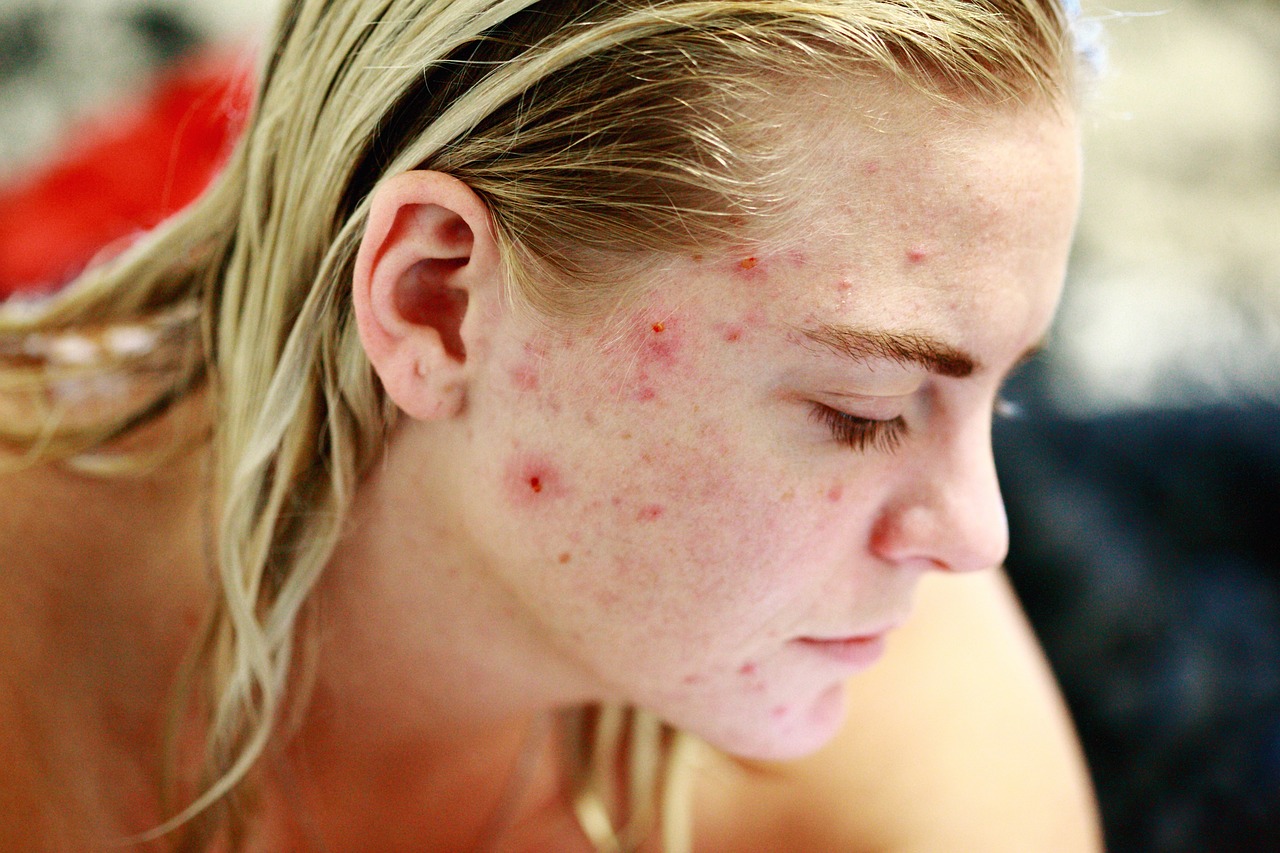
Cystic Acne on the Back: Best Treatment Options
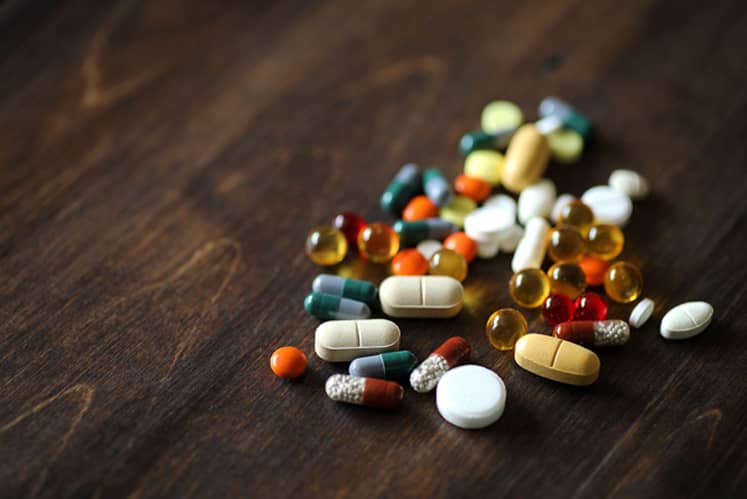
Top Supplements for Treating Cystic Acne
